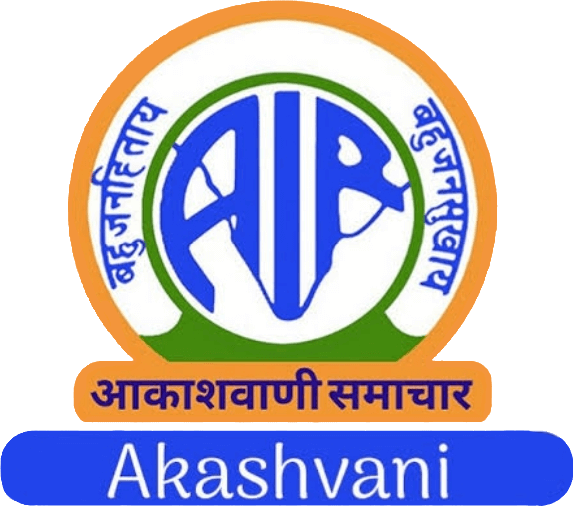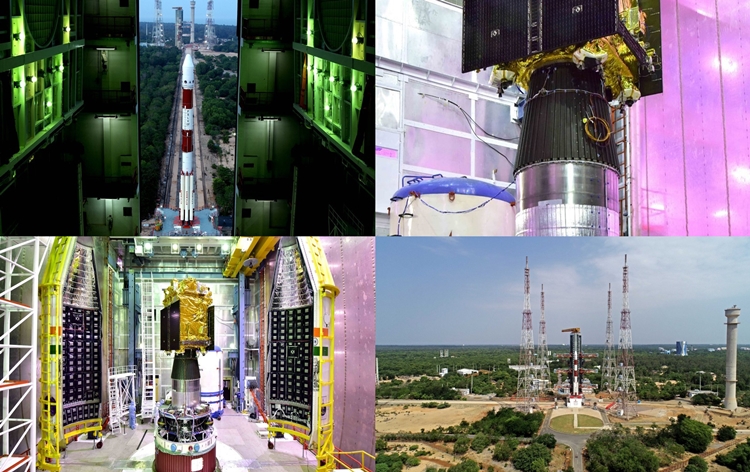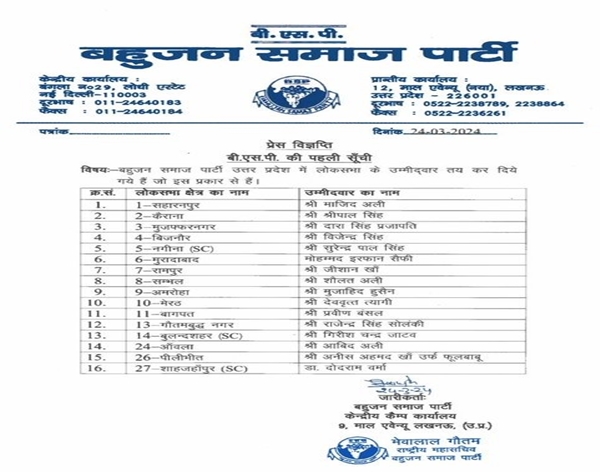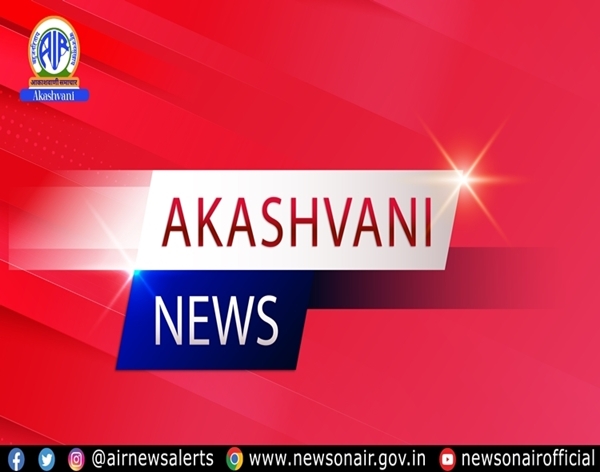India will take the first step of its mission to study the sun today. The Indian Space Research Organisation will launch the mission Aditya L1 through PSLV C 57 precisely at 11.50 hrs from Sriharikota Space Centre. Satellite Aditya L1 will be placed in a halo orbit around the Lagrange Point L1 of the Sun Earth system which is about 1.5 million kms from the Earth.
Akashvani Correspondent report: The Stage has been all set for the precise launch of the satellite. Last-minute checks are taking place at the Control centre of the Sathish Dhawan Space Centre Sriharikota. The countdown is progressing smoothly according to the ISRO officials and the launch sequences will begin precisely. More than 200 journalists will be covering today's historic event. The visitors’ gallery outside the Sathish Dhawan Space Centre is also fast filling up for those who had already registered to witness the satellite launch. In a period of four months, Aditya L1 will reach the Lagrange 1 point where the gravitational forces of a two body system like the Sun and the Earth produce enhanced regions of attraction and repulsion.
Aditya'sL1 mission is to study the solar winds and the Sun’s atmosphere. It will carry seven payloads to observe the photosphere, chromosphere and the outermost layers of the Sun namely the Corona. This will help understand the problems of coronal heating. Coronal mass ejection, pre-flare and flare activities, dynamics of weather and the study of the propagation of particles and fields in the interplanetary medium. Lagrange points are named in honor of Italian-French mathematician Joseph-Louis Lagrange. Of the five Lagrange points, three are unstable and two are stable. The unstable Lagrange points – labeled L1, L2 and L3 – lie along the line connecting the two large masses. The Indian Space Research Organisation will be on par with NASA, the European Space Agency, Japan Aerospace Exploration Agency and Chinese Academy of Sciences which have launched Solar observation missions.















